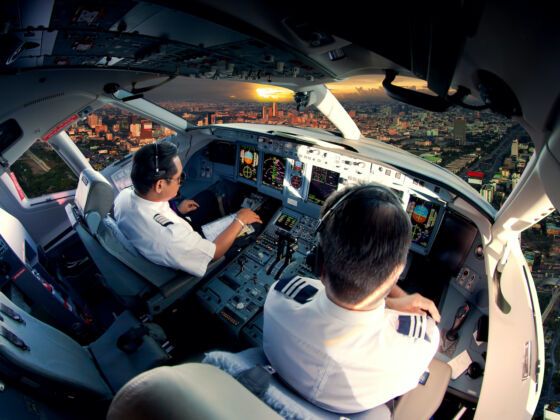The decade’s biggest aviation mystery may be inching closer to resolution: the whereabouts of Malaysia Airlines Flight MH370, which disappeared without a trace in March of 2014 with 239 people on board. Investigators believe the debris found this week in the west Indian Ocean came from a Boeing 777. And the only missing Boeing 777 in the world is Flight MH370.
